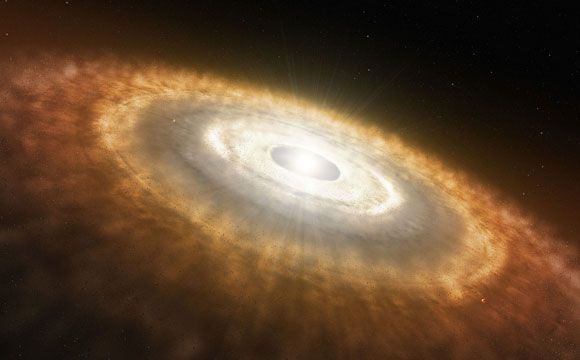A new measurement of the dust around KIC 8462852 reveals that it seems to be consistent with the breakup of a cluster of Halley-like comets.
The Kepler satellite was designed to search for Earth-sized planets in the habitable zone of stars by measuring dips in a star’s brightness as orbiting planets move across the stellar disc (transits). Its sensitive camera stares at more than 150,000 stars towards the constellations of Cygnus and Lyrae, and so far has found over 5000 exoplanet candidates. But Kepler also monitors the light fluctuations in all the other stars, even dips not caused by transits, and has found some bizarre situations. Perhaps the strangest is the case of KIC 846852, an otherwise normal star slightly larger than the Sun that has exhibited significant, irregular dips in the flux that last as short as a few days or as long as eighty days, and are as deep as 20%. The source is so far unique in the Kepler database.










Comments are closed.